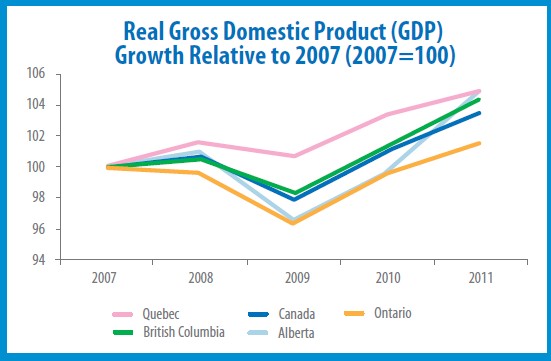These are exciting times for carbon pricing in the Pacific Northwest. Under the auspices of the Climate Legislative and Executive Workgroup (CLEW), state leaders are, right now, engaged in the first serious look at the subject in years. (Please be sure to attend the hearings on October 23 in Seattle, and December 6 in Olympia!) The work is heavily informed by a recently released report commissioned by the state. It sets a foundation for the important work ahead, but we fear that it makes a few missteps that are unhelpful to policymakers. Our aim is to set the record straight about the benefits (and perils) of carbon pricing.
The truth about carbon pricing—a term that encompasses both carbon taxes and cap-and-trade systems—is that those two policies are two sides of the same coin. Unlike “command and control” policies that directly regulate the economy, “market-based” policies use the power of capitalism to protect the environment. Putting a price on carbon gives businesses and households a powerful financial incentive to reduce their consumption of fossil fuels and other greenhouse gases.
Although there are some (mostly subtle) differences between carbon taxes and cap-and-trade systems, they are more alike than they are different. In this context, efforts by some conservatives to re-label cap-and-trade as “cap-and-tax” makes perfect sense: the point of both of these policies is to make polluting more expensive. For the most part, whatever you do with one you can do with the other. (In particular, you can do either one well, and you can do either one badly.)






